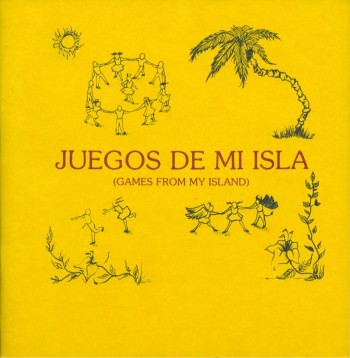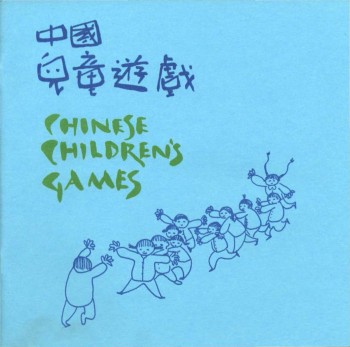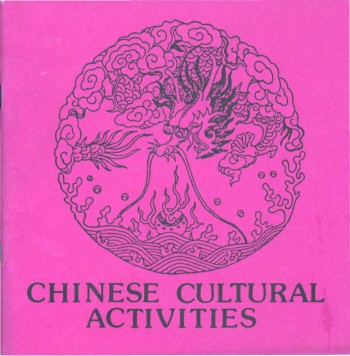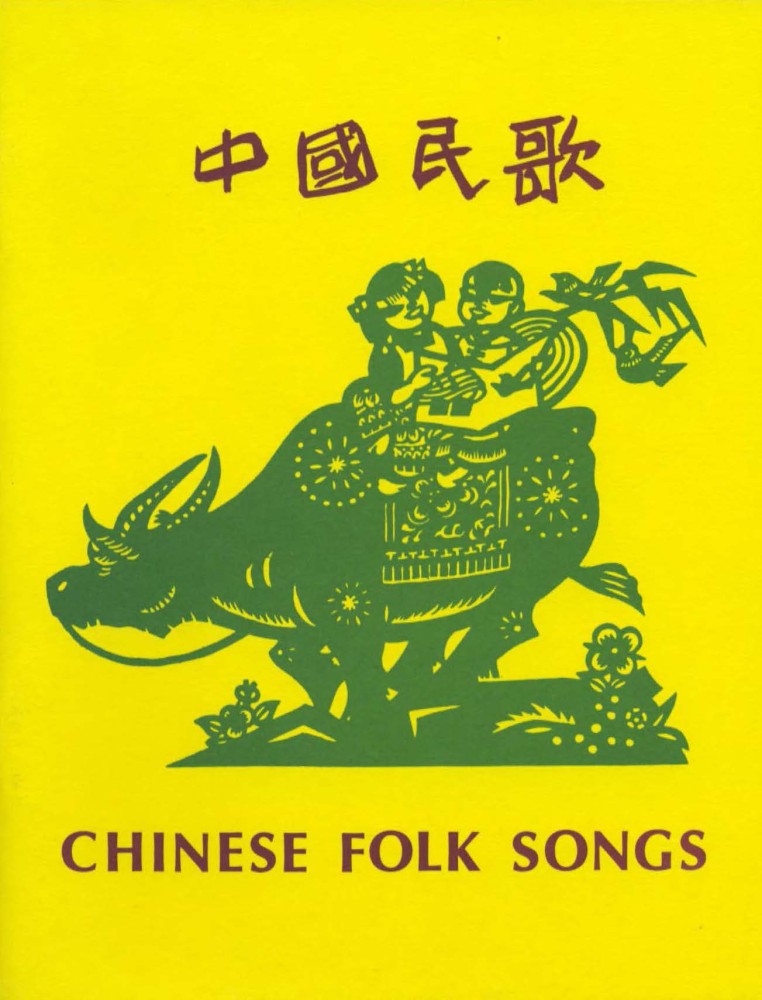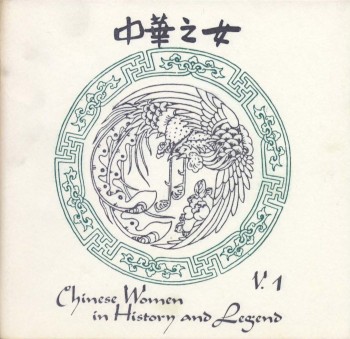Developed in the elementary schools of the Lower East Side of New York from 1971 to 2000, these booklets are based on traditional materials adapted for children living in the contemporary world by ARTS’ staff and by the children themselves. They are carefully planned to be appropriate and convenient for public school classrooms, with grades 3-7. They are intended for use in a wide range of classes and to provide opportunities for cultural sharing between children of diverse races and languages.
The booklets are available for free downloads by clicking on the following images, or they can be ordered from City Lore Store at the cost of $5.00 each, with discounts applying to bulk purchases.
Christmas in Puerto Rico
Today the celebration of Christmas in Puerto Rico is very similar to the American tradition of celebrating Christmas. I would like to share with you some of the traditional ways u~ed in Puerto Rico. Most of their traditions are so meaningful that I would hate to see hem disappear. What helps to make me d Puerto Rican are the traditions I learned from the past and the ideas and experiences I carry with me. I am proud of being a Puerto Rican and I am writing this so that Puerto Ricans can learn to express themselves and make it easier for people to understand us. I have written all these customs, recipes, and songs with the idea that they could be part of a school classroom. I hope you will use my book in this way.
Canciones de mi isla / Songs from My Island
Like many other cultures, Puerto Rico has a large repertoire of songs \for children that is as rich and varied as the ancient cultures represented in Puerto Rico: Taino-lndian, Spanish, and Afro-Caribbean cultures. We have no record of Taino-lndian music and do not know what it actually sounded like. Our musicologists have ventured to guess that it was highly rhythmical and imitative of natural sounds. We perform much of our music with instruments they created, namely, the güiro (gourd-scraper) and maracas (gourd-rattles). Spanish dances, the seis, in particular, have had a marked influence on Puerto Rican music, but no influence has been greater or taken so much to heart as the rhythmical influence of our Afro-Caribbean contributors who really “ethnicized” our music. The bomba and the plena are prefect examples of Puerto Rican music. This book is a collection of the most popular of the songs Puerto Rican children sing.
Juegos de mi isla / Games from my Island
I grew up in Puerto Rico, in a town called Aibonito. My father worked on the land, which was owned by my grandparents. He took care of cows, horses, pigs, chickens, even some bulls. On the farm we also grew corn, coffee, tobacco, grapefruits, oranges, and different kinds of tropical fruits. All of us helped with picking coffee and tobacco, husking corn, collecting and selling eggs. My father’s parents lived near us on the other side of the road in a big house, with their seven children (my three aunts Anjelita, Generosa, Melzedes, and four uncles, Tonito, Juan, Luiz, y Vitln). This book is a collection of the different games we played in the area. ~Marta Montañez
Chinese Children’s Games
I was raised in Hong Kong. When I first came to America I found that I really missed playing games in the streets and the fun that I had when all sorts of people joined in the game. In Hong Kong we did not have many games that needed special equipment to start; ours needed only people. Maybe that was because I lived in a poor neighborhood and we did not have the money to buy them. The games that I have written down are according to my memory. The rules in these games might differ from neighborhood to neighborhood. All these games were played by both boys and girls. ~ Shiu Ying Fung
Chinese Cultural Activities
In Chinese traditional culture, there are many kinds of lucky figures, which are carried in parades and at festivals, symbolizing good wishes, or illustrating folk characters. In school, a Chinese New Year Parade can be organized, using one or two classes of kids who make large traditional props and perform with them. This booklet will examine these parades, the large props used in them, and it will also explore the process of putting on plays in Chinese culture.
Chinese Folk Songs
20 songs are in this book: 15 are folksongs, and 5 are modern composed songs. A few are written down from memory. Most of them are not otherwise available in English. We have selected these songs on the basis of their popularity, and their musical interest. We have transposed them into keys suitable for children’s voices. The songs are written with a melody line and chords for guitar or piano accompaniment. The chords correspond with the original modal structure, Westernizing the songs as little as possible. The words are in written Chinese, which may be sung in any dialect, Romanized Mandarin sounds, and English translations.
Chinese New Year
This book was written to try to help foreigners understand the basic meaning of the Chinese New Year Season and for Chinese Americans who view their background with mixed feelings. The stories and practices in this book are first hand experiences of a wide variety of people, young and old, from different parts of China, Hong Kong, Taiwan, and New York City. They represent a range of belief, not the “Right Way.” China is an enormous country with 4000 years of recorded history, many different kinds of people and many different local customs, so there is no one way to celebrate New Year–there are thousands.
Chinese Women in History and Legend
These stories of Chinese heroines are a combination of history and legend. All of the women, except Hua Mu Lan, were probably historical people, but most of them lived a long time ago, so the details of their lives are lost. Their stories are of sacrifice and determination as they tried to fulfill their often conflicting responsibilities. Those who held great political power have been more or less vilified by generations of historians, resenting women so far outside of their traditional place. We have tried to present all these women as clearly as possible in terms of motive, character, and responsibilities. Many of the stories do not end fortunately–there are no happy endings in history. But in all of them, the people did their best and are respected by the Chinese for their deeds.




